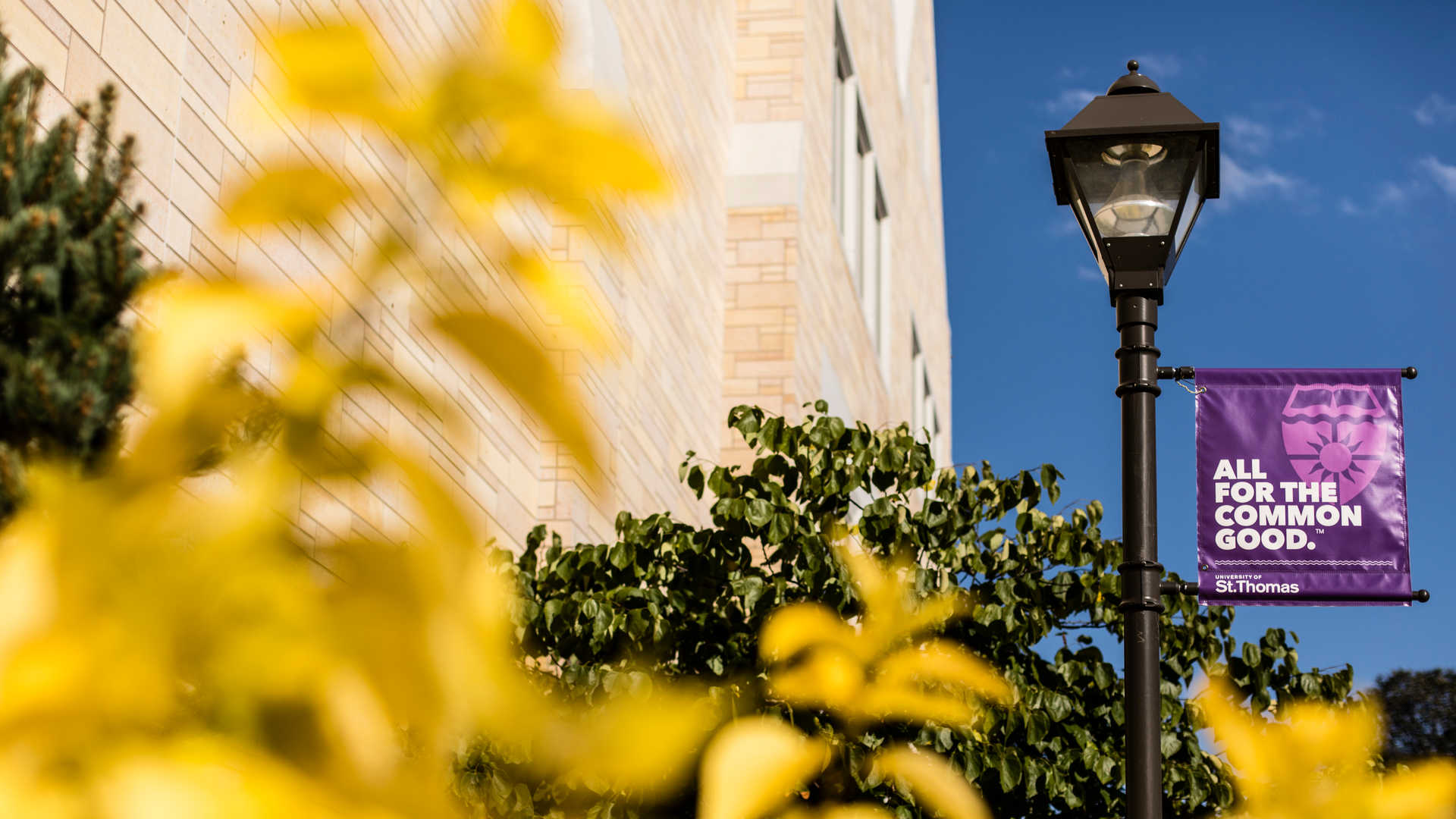Shifting Demographics
Our ability to maintain the university’s viability depends on us being able to successfully recruit from a broad pool of prospective students. In the next decade, however, we will face major shifts in demographics of those prospective students. In 2026, we will begin to experience a marked and sustained decline in the number of 18-year-olds graduating from high school. This decline will be nationwide, but it will be most apparent in the Northeast and Midwest. Because of growing economic disparities, there will be a diminishing supply of 18-year-olds who are able to pay for a traditional residential experience. Younger populations also are more racially diverse. We need to reach students we haven’t reached before. More rapidly increasing the racial and geographic diversity of the undergraduate student body and welcoming transfer students will become absolutely essential for St. Thomas.
